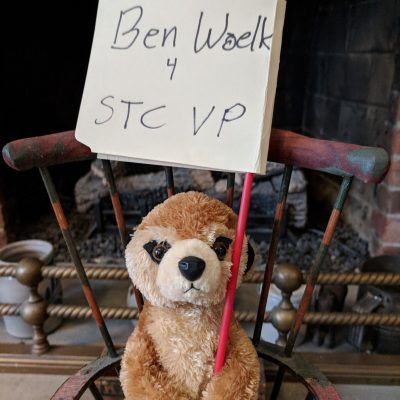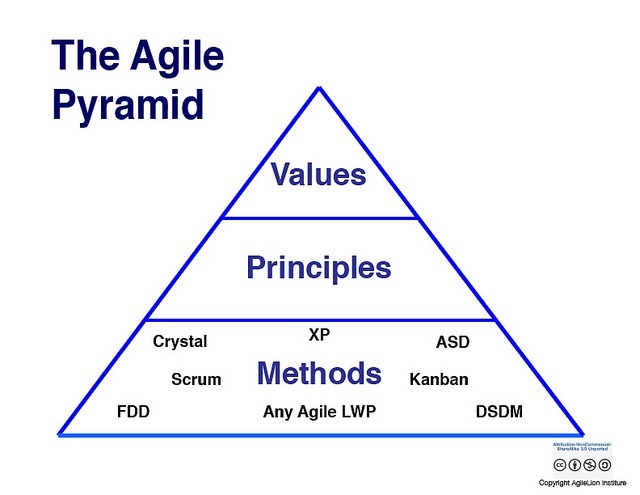
Saying, “Yes, and…?” to Leadership Opportunities
Category:Leadchange,Leadership,STC,STC RochesterWhat If?
“Yes, and…?” is the hallmark of improv comedy. It’s also key to our growth as leaders. What if we said, “Yes, and…?” when approached about taking a leadership role in an organization?
For many of us, our first reaction to leadership requests are, “No, because…,” or perhaps, “There’s no way I can do that!” We live in an increasingly fast-paced culture with many opportunities on which to spend our time. Many of us can be quite guarded when considering external commitments. Sometimes being guarded is warranted because of our current level of obligations; sometimes we just have an automatic “No” response. We know what saying “no” provides us: security, peacefulness, free time, and a comfort zone.
Let’s look at what saying, “Yes, and…?” has done for me and what it may do for you.
My “Yes, and…?” Journey
My “Yes, and…?” journey started about 10 years ago when I agreed to be Program Manager for the Rochester Chapter of the Society for Technical Communication. My role was to obtain speakers for educational events and to help set up venues. It was a reasonably small role, and I believed I could do a good job at it.
The following spring the chapter looked for volunteers to fill their election slate. When they asked me what role I was willing to take, I said anything besides Vice President. (The Vice President role includes co-chairing our regional conference and speaking in front of a large group of people. I was not interested. As an introvert, I absolutely did not feel comfortable in that role.)
When the chapter announced the election slate, I was on the ballot–as a VP candidate! Although I didn’t believe I was suited for nor competent to take that role, I didn’t want the embarrassment of withdrawing from the role or admitting I believed it was beyond me. Providentially, the chapter nominations committee saw leadership skills in me that I did not yet see within myself. I did OK in that role. I was partnered with someone who had filled the role the previous year and I was able to act as an “understudy” and not feel as though the weight of the role was too much.
The following year, the dues structure changed in the organization and most all of the current leadership left the organization. (There were other factors–retirements, moves, etc., that also impacted. their decisions.) There was no one more senior than me. I would be the next president. I became the next chapter president. It was a good year, although we had struggles without former leaders to mentor us. I attended my first Leadership Program at the STC Summit Conference in Dallas, met and engaged with other chapter leaders, and began establishing a peer network that has been invaluable to this day.
The Next Step
After my successful year as STC Rochester president, I decided I wanted to help other chapter leaders who might face the same challenge of having no leadership mentors. I joined the Community Affairs Committee and built an outreach program and team to mentor and assist other chapter and SIG (Special Interest Group) leaders. That team made a positive impact. My “Yes, and…?” was agreeing to serve and bringing my vision for a leadership outreach team to fruition.
 Today
Today
Fast forward to today. Next week I’ll be installed as the Vice President of the Society for Technical Communication. The following year I will become President. Unlike local chapter elections where 90% of the time candidates run unopposed, this time I had an opponent (who was also a friend). I campaigned actively for the role. I ran for office because that peer network I had become part of through the Summit Leadership Program and the leaders I had helped support, told me they needed me to run because they believed in me. They believed that I would help lead positive and potentially deep changes to the organization that would address our changing demographics and ensure we’d be a viable and influential organization in the future.
“Yes, and…?” and Me
My leadership journey has stretched me in ways I couldn’t have imagined. I’m now comfortable speaking to large groups of people. I’m able to articulate a vision of where I believe the organization needs to go. I’ve learned to build consensus and enroll others in meaningful initiatives.
I love being able to make a difference! Although I was initially tentative and doubted my ability to be a leader, I was willing. I’ve been stretched. It’s not always been comfortable.
I wouldn’t trade the journey for anything.
“Yes, and…?” and You
Please say, “Yes, and…?” when someone (perhaps me) offers you an opportunity to serve!
Will it take you out of your comfort zone? I certainly hope so. We grow through being stretched. We grow through service to others and I believe there’s no higher calling.
Serve where you’re passionate. Make a difference!














